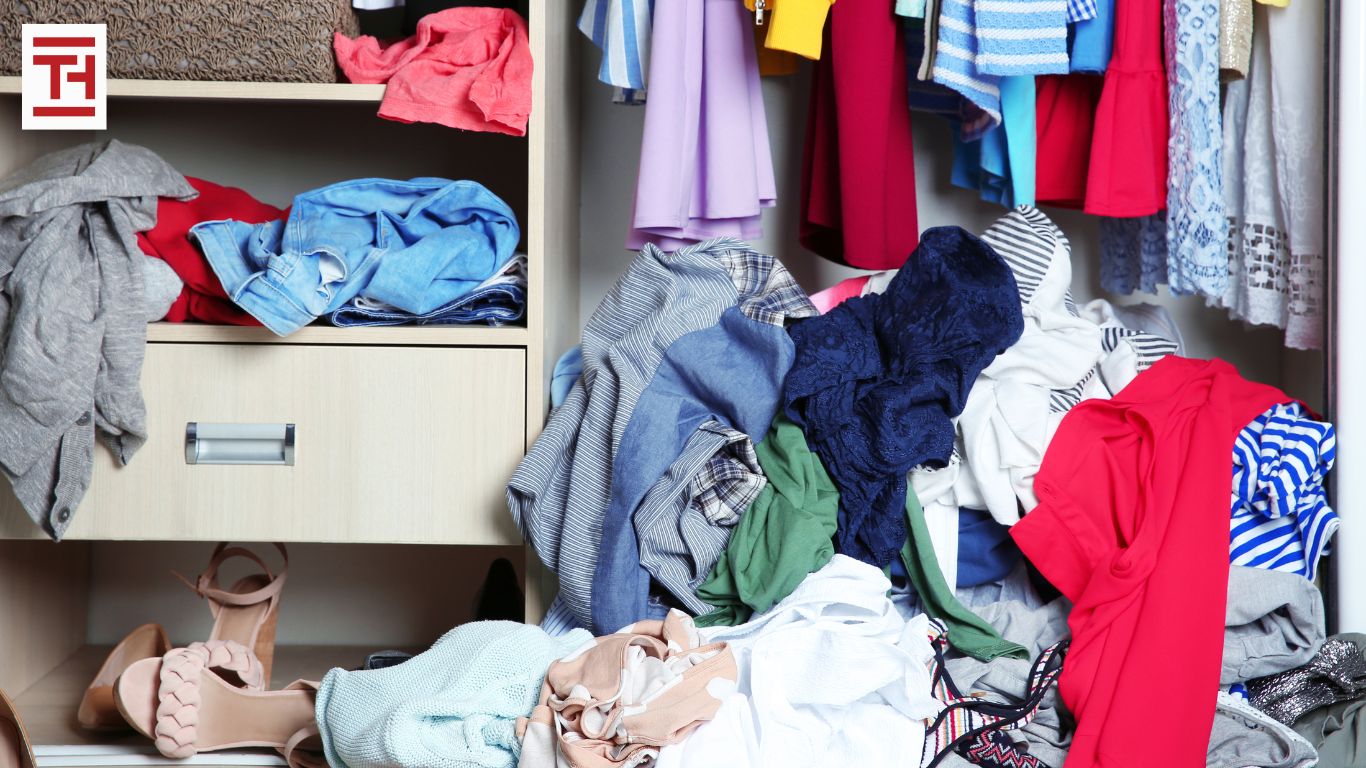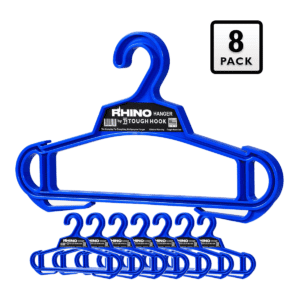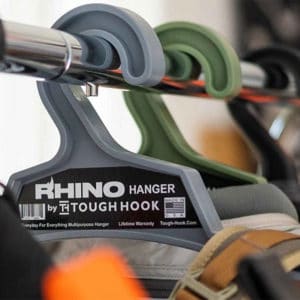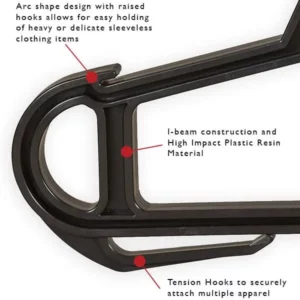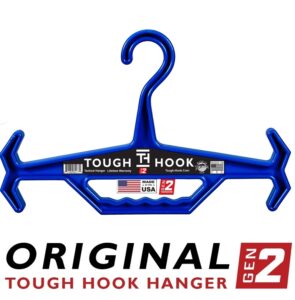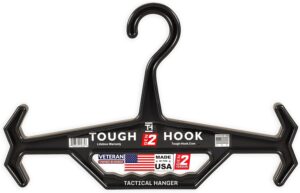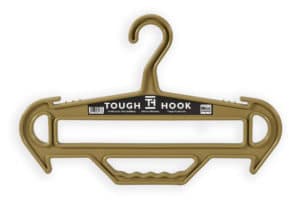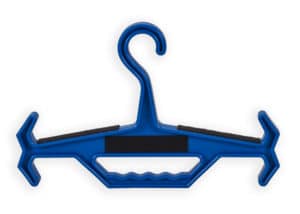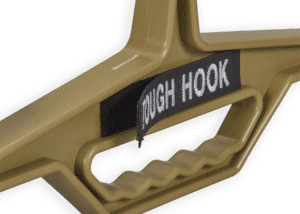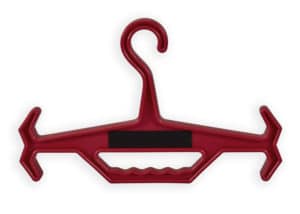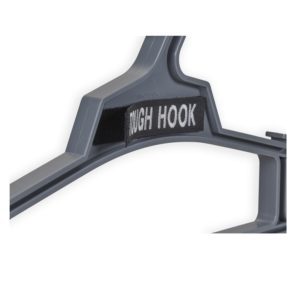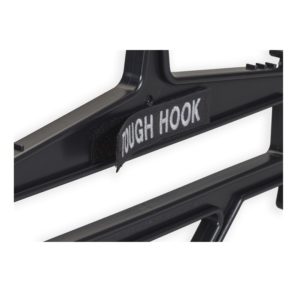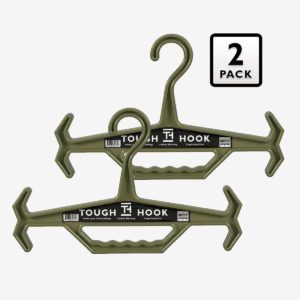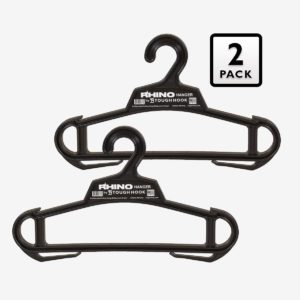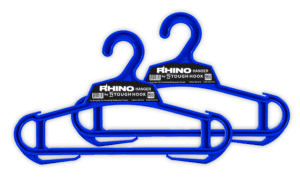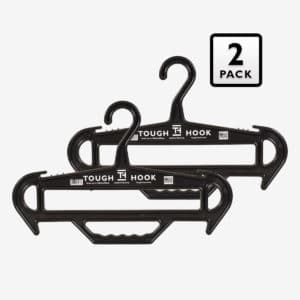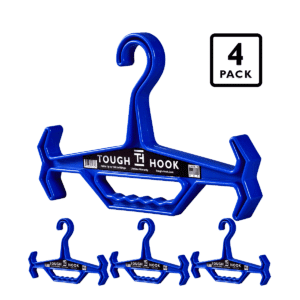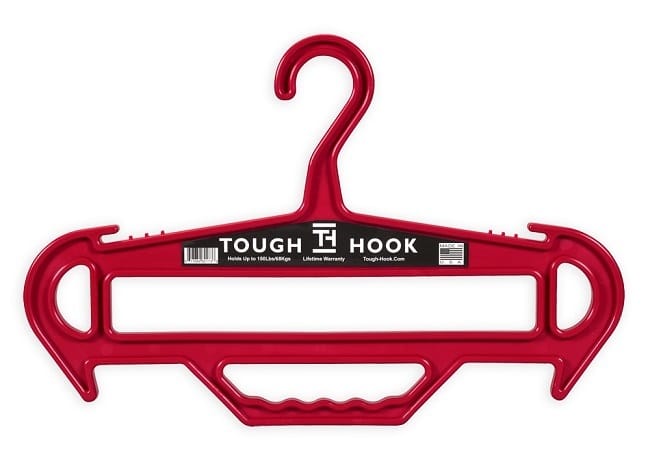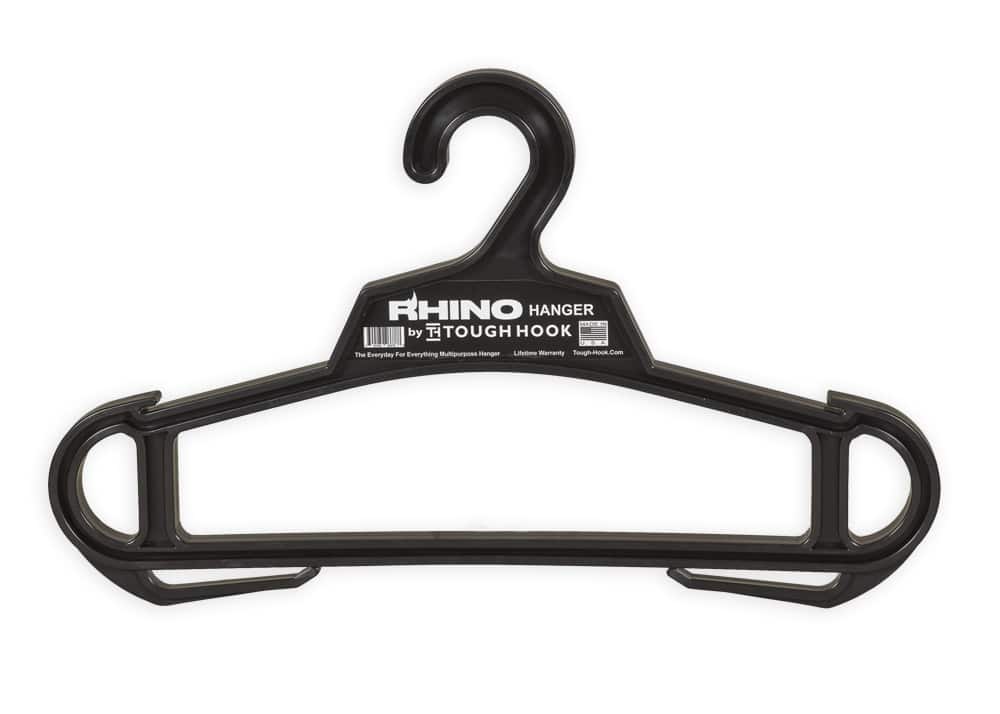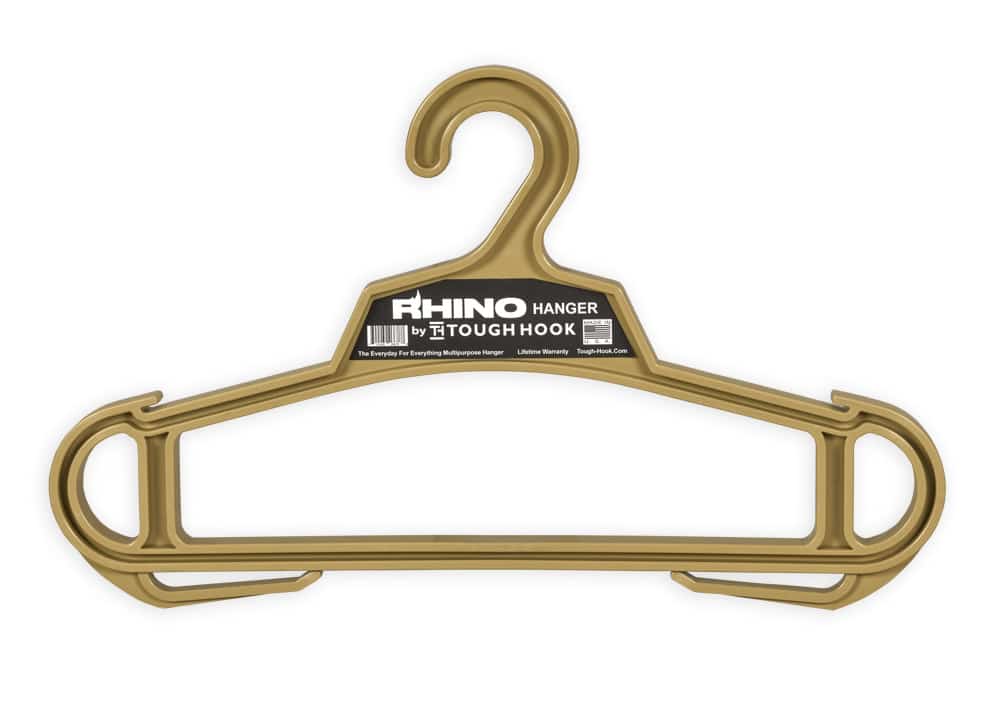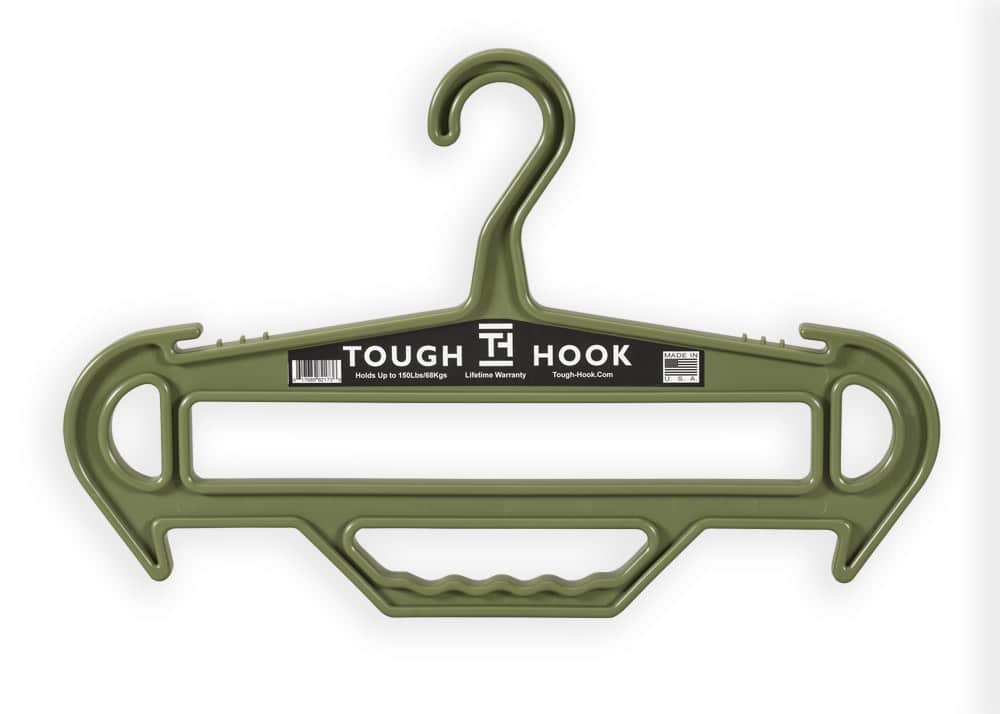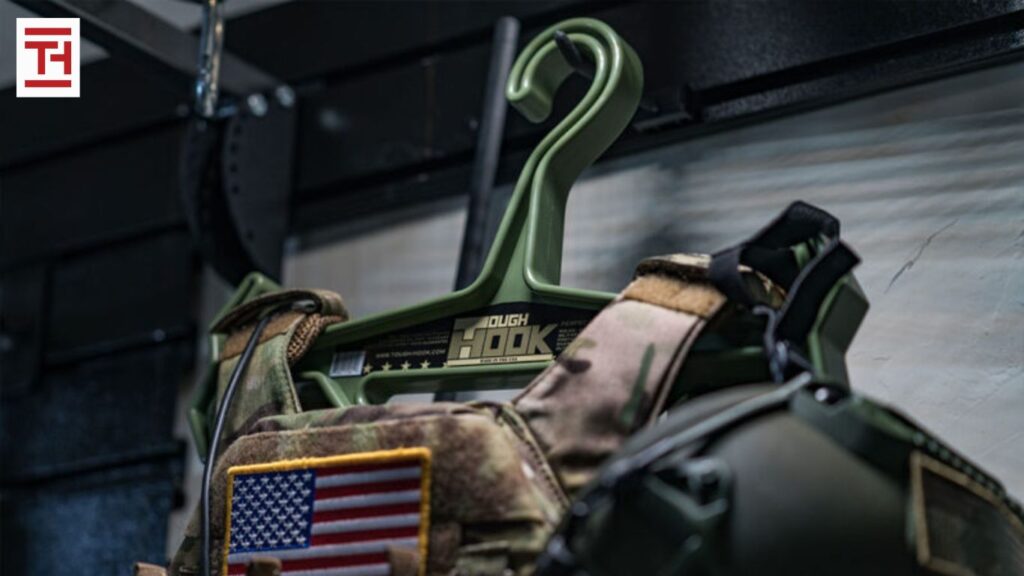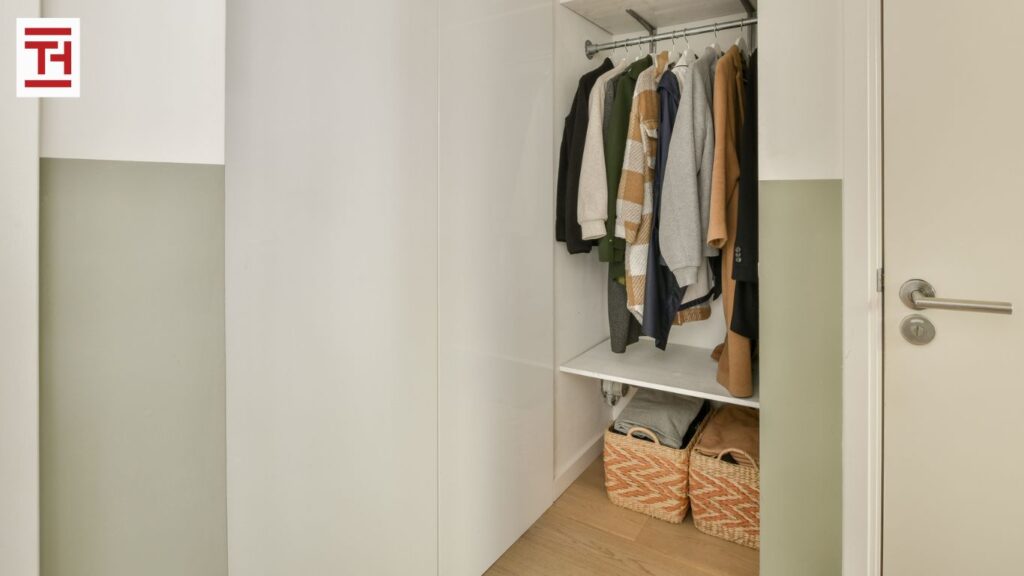We’ve all been there: reaching into the closet only to pull out a favorite garment that’s lost its shape, developed an unwelcome musty scent, or, even worse, shows signs of damage. It’s frustrating, costly, and entirely preventable. The secret to preserving your wardrobe lies not just in how you wash or wear your clothes but, crucially, in how you store them. This isn’t just about aesthetics; it’s about the science of material preservation, and a key player in this is the humble hanger.
The Silent Destroyers: Mildew, Deformation, and Damage
Before we delve into solutions, let’s understand the enemies of your garments:
Mildew: The Unseen Invader
Mildew, a type of fungus, thrives in damp, dark, and poorly ventilated environments. Your closet, unfortunately, can be an ideal breeding ground if not properly managed.
-
How it Forms: Microscopic mold spores are ubiquitous in the air. When they land on organic materials like cotton, wool, silk, or even synthetic fibers that are damp and have access to a food source (like skin cells, dirt, or even the fabric itself), they begin to grow and multiply.
-
The Damage: Mildew doesn’t just smell unpleasant; it actively degrades fabric. It can cause discoloration, leave stubborn stains, and weaken fibers, leading to tears and holes. In severe cases, it can completely ruin a garment.
-
Health Implications: Beyond clothing, mildew can also pose health risks, particularly for individuals with allergies or respiratory conditions. Spores released into the air can trigger allergic reactions, asthma attacks, and other respiratory issues.
Deformation: The Sag and Stretch Saga
Have you ever noticed sweaters with stretched-out shoulders or suits with odd bumps? That’s deformation, a direct result of improper hanging.
-
Gravity’s Role: Clothes are subject to the constant pull of gravity. When a garment is hung improperly, this force can cause it to sag, stretch, and lose its intended shape, especially in areas not designed to bear weight.
-
Material Vulnerability: Different fabrics have varying degrees of elasticity and resilience. Knitted garments like sweaters are particularly susceptible to stretching, while structured items like suits or jackets can develop unsightly bulges or creases if not adequately supported.
-
Hanger Mismatch: Using hangers that are too narrow, too wide, or the wrong shape for a particular garment is a primary cause of deformation. Thin wire hangers, for example, are notorious for creating “shoulder bumps” in knitwear and delicate blouses.
Damage: Rips, Tears, and Snags
Beyond mildew and deformation, physical damage can occur from seemingly innocuous storage methods.
-
Friction and Abrasion: Sharp edges or rough surfaces on hangers can abrade delicate fabrics, leading to pilling, fraying, or even tears over time.
-
Stress Points: Concentrated weight on a small area, such as a narrow hanger pressing into a shoulder seam, can create stress points that eventually lead to rips, especially in older or more fragile garments.
-
Improper Support: Garments that slide off hangers, bunch up, or are crammed together can suffer from crushing, creasing, and general wear and tear that shortens their lifespan.
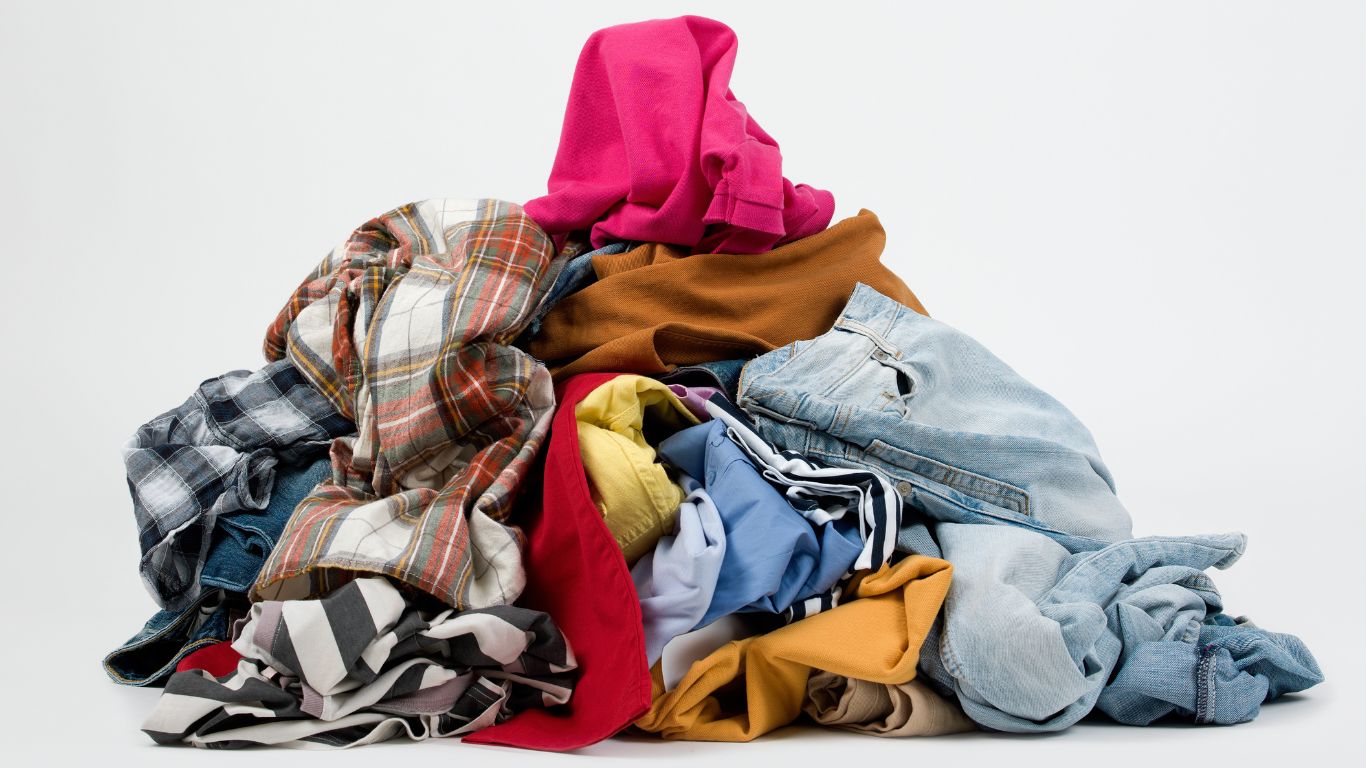
2 Pack RHINO Heavy Duty Clothes Hanger Bundle
Original price was: $25.95.$23.95Current price is: $23.95.The Solution: The Science of Proper Hangers
This is where the right hanger becomes not just a convenience but a vital tool in garment preservation. Understanding the science behind hanger design can revolutionize your storage practices.
The Role of Shape and Support
A well-designed hanger mimics the natural shape of the garment’s shoulders, distributing weight evenly and preventing stress points.
-
Broad Shoulders: For structured garments like suits, jackets, and coats, broad-shouldered hangers are essential. These hangers support the garment from the collarbone down to the natural shoulder line, preventing creases, bumps, and stretching. The width should ideally match the shoulder width of the garment.
-
Contoured Design: Contoured hangers, especially those designed for shirts and blouses, help maintain the garment’s natural drape and prevent the dreaded “pointy shoulder” look that thin hangers often create.
-
Padded Hangers: For delicate items like silk blouses, lingerie, or cashmere sweaters, padded hangers offer a soft, non-slip surface that prevents creasing and protects fragile fabrics from snags and impressions.
Material Matters
The material of your hanger plays a significant role in its effectiveness and the longevity of your clothes.
-
Wood Hangers: Often made from cedar or hardwoods, wood hangers are sturdy and provide excellent support. Cedar has the added benefit of being a natural moth repellent and can absorb some moisture, helping to keep closets fresh. Look for smooth, sanded finishes to prevent snagging.
-
Flocked/Velvet Hangers: These slim hangers are excellent for preventing garments from slipping off, thanks to their velvety surface. They are space-saving and gentle on fabrics, making them ideal for a wide range of clothing, from blouses to skirts.
-
Plastic Hangers: While lightweight and economical, not all plastic hangers are created equal. Opt for sturdy, well-molded plastic hangers with a reasonable thickness, especially for heavier items, to avoid breakage and inadequate support. Avoid thin, brittle plastic that can warp or snap.
-
Metal Hangers (with caution): While wire hangers are common, they are generally the worst choice for most clothing due to their narrow profile and tendency to rust. However, certain heavy-duty metal hangers, particularly those with a non-slip coating or robust design, can be suitable for very heavy items like tactical gear or wetsuits, provided they are specifically designed for the garment’s weight and shape.
Ventilation and Airflow
Proper hanging isn’t just about the hanger itself; it’s also about optimizing the environment around your clothes.
-
Spacing: Overpacking your closet is a recipe for disaster. When clothes are crammed together, air circulation is restricted, creating a stagnant, humid environment perfect for mildew growth. Allow sufficient space between garments for air to flow freely.
-
Breathable Garment Bags: For long-term storage or protection from dust, use breathable garment bags made from natural fibers like cotton or non-woven materials. Avoid plastic dry-cleaning bags, which trap moisture and can off-gas chemicals, damaging fabrics over time.
-
Dehumidifiers/Desiccants: In particularly humid climates or damp closets, consider using a dehumidifier or moisture-absorbing desiccants (like silica gel packets or charcoal bags) to control humidity levels and inhibit mildew growth.
Tough Hook: Engineered for Durability and Protection
At Tough Hook, we understand the critical role hangers play in garment preservation, especially for heavy-duty gear and equipment. Our hangers are not just “hangers”; they are scientifically engineered solutions designed to combat the very issues we’ve discussed: mildew, deformation, and damage.
-
Unmatched Strength: Unlike flimsy hangers that buckle under pressure, Tough Hook hangers are built from impact-resistant materials, capable of supporting significant weight without deforming. This means your tactical vests, wetsuits, heavy coats, and even body armor maintain their shape, free from stretching or sagging.
-
Optimized Design: Our hangers feature wide, robust profiles that distribute weight evenly across the shoulders of heavy garments, preventing stress points and ensuring proper air circulation. This design is crucial for preventing the development of mildew in areas where moisture might otherwise linger.
-
Ventilation Features: The open design of many Tough Hook products promotes airflow, further minimizing the risk of moisture buildup and subsequent mildew formation.
-
Durability and Longevity: By providing superior support and preventing damage, Tough Hook hangers extend the life of your valuable gear and clothing. This saves you money in the long run by reducing the need for replacements due to preventable damage.
Investing in proper hangers, like those from Tough Hook, is not an expense; it’s a strategic investment in the longevity and integrity of your wardrobe and equipment. By understanding the science behind garment preservation and choosing the right tools, you can ensure your clothes remain in pristine condition, ready to wear for years to come. Say goodbye to mildew, deformation, and damage, and welcome a closet that truly protects your investments.

